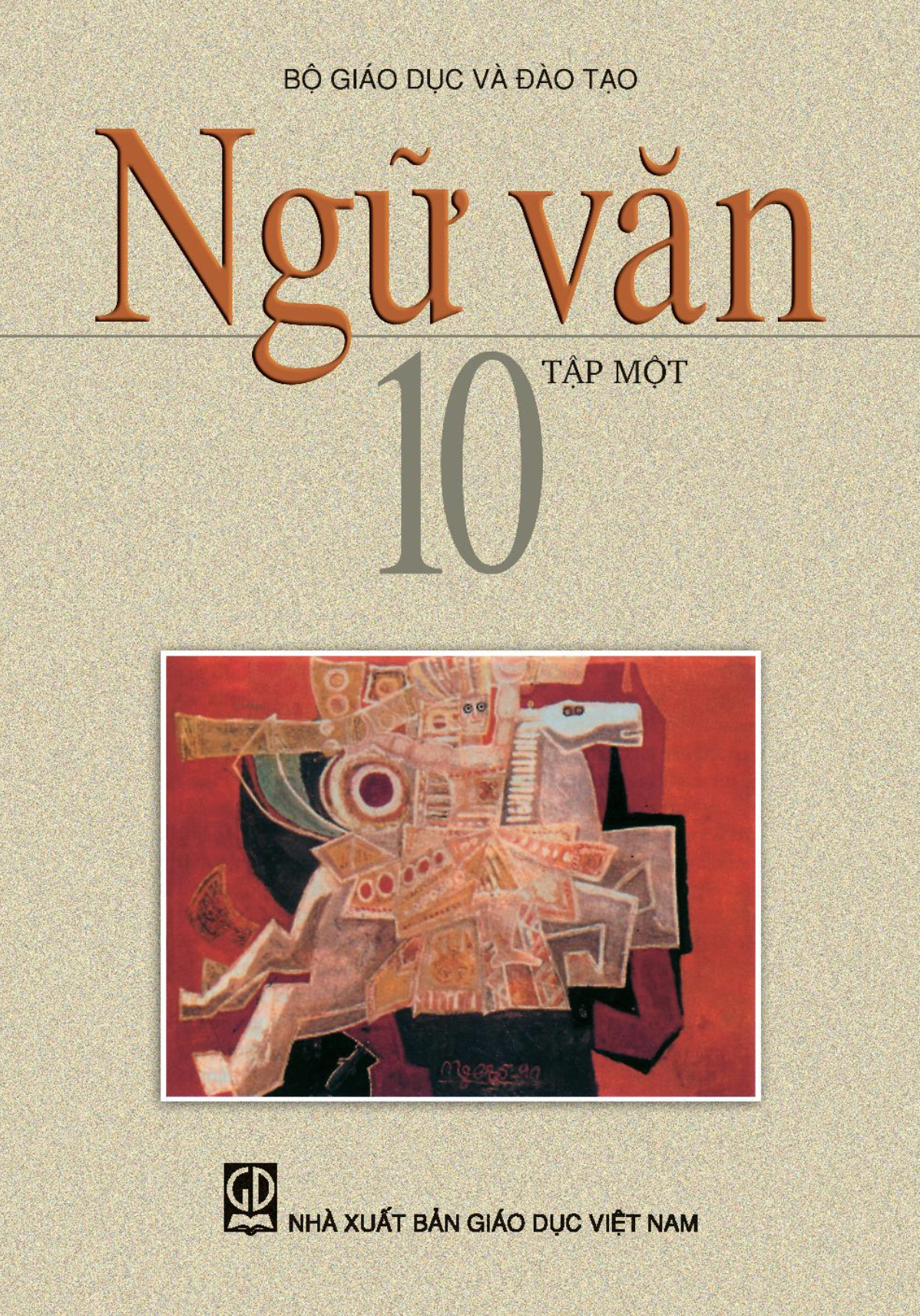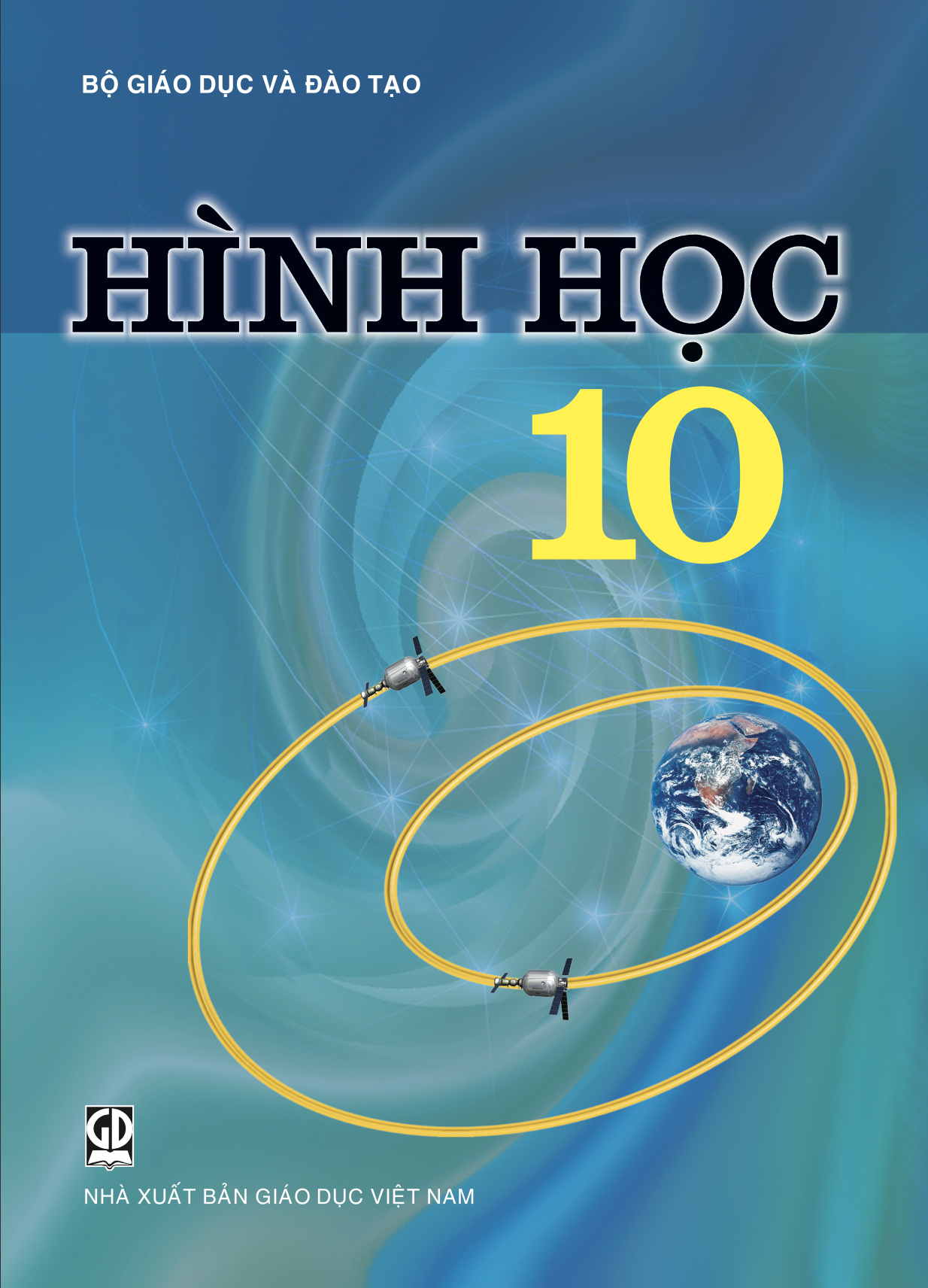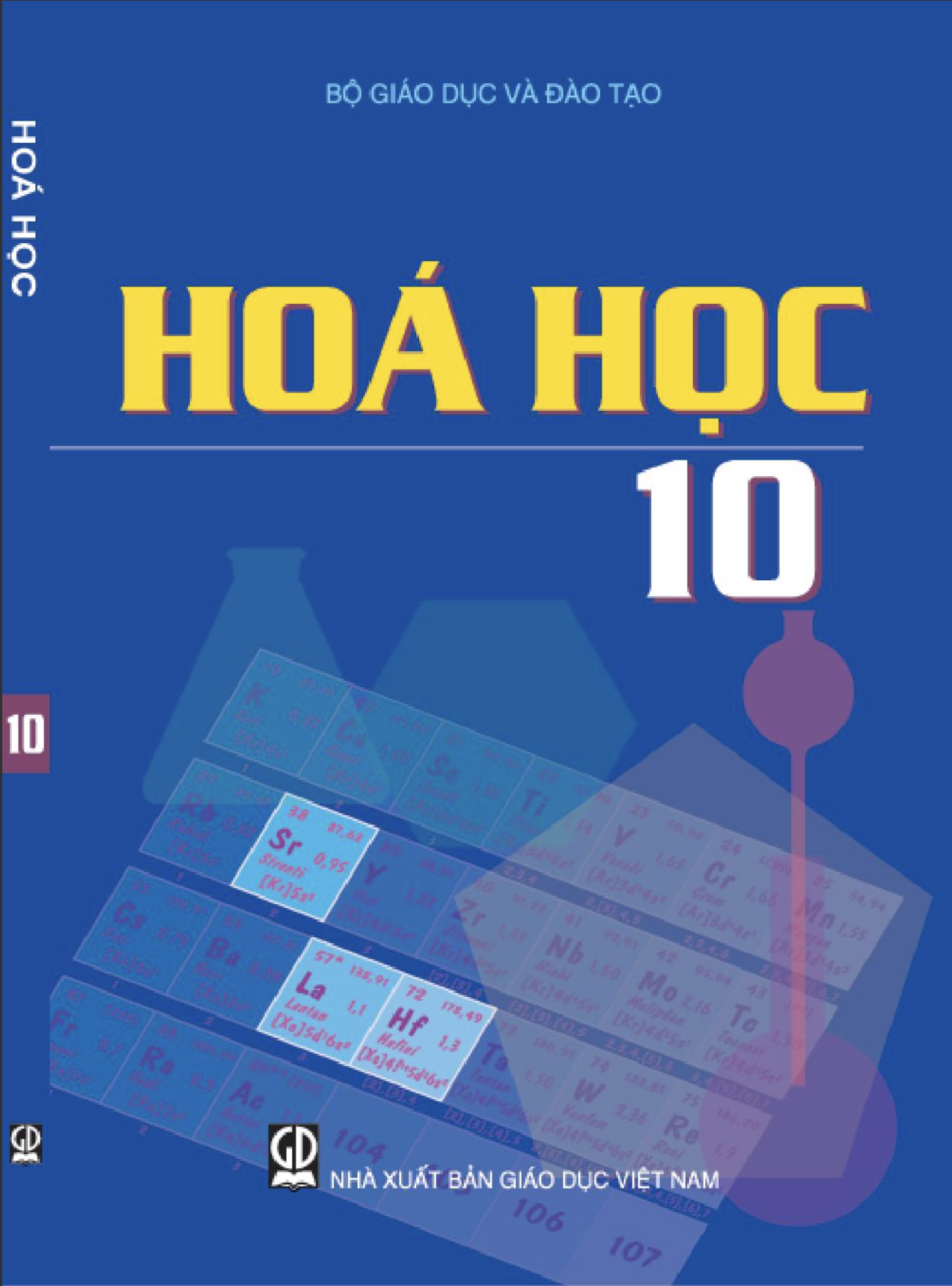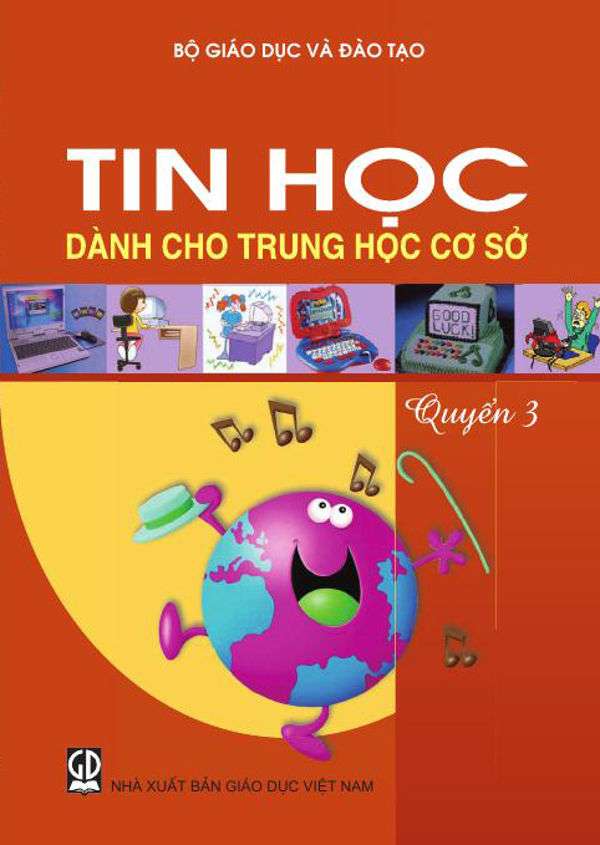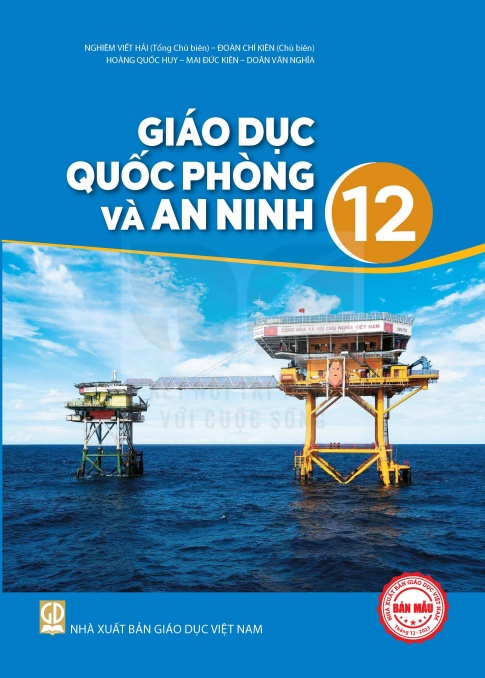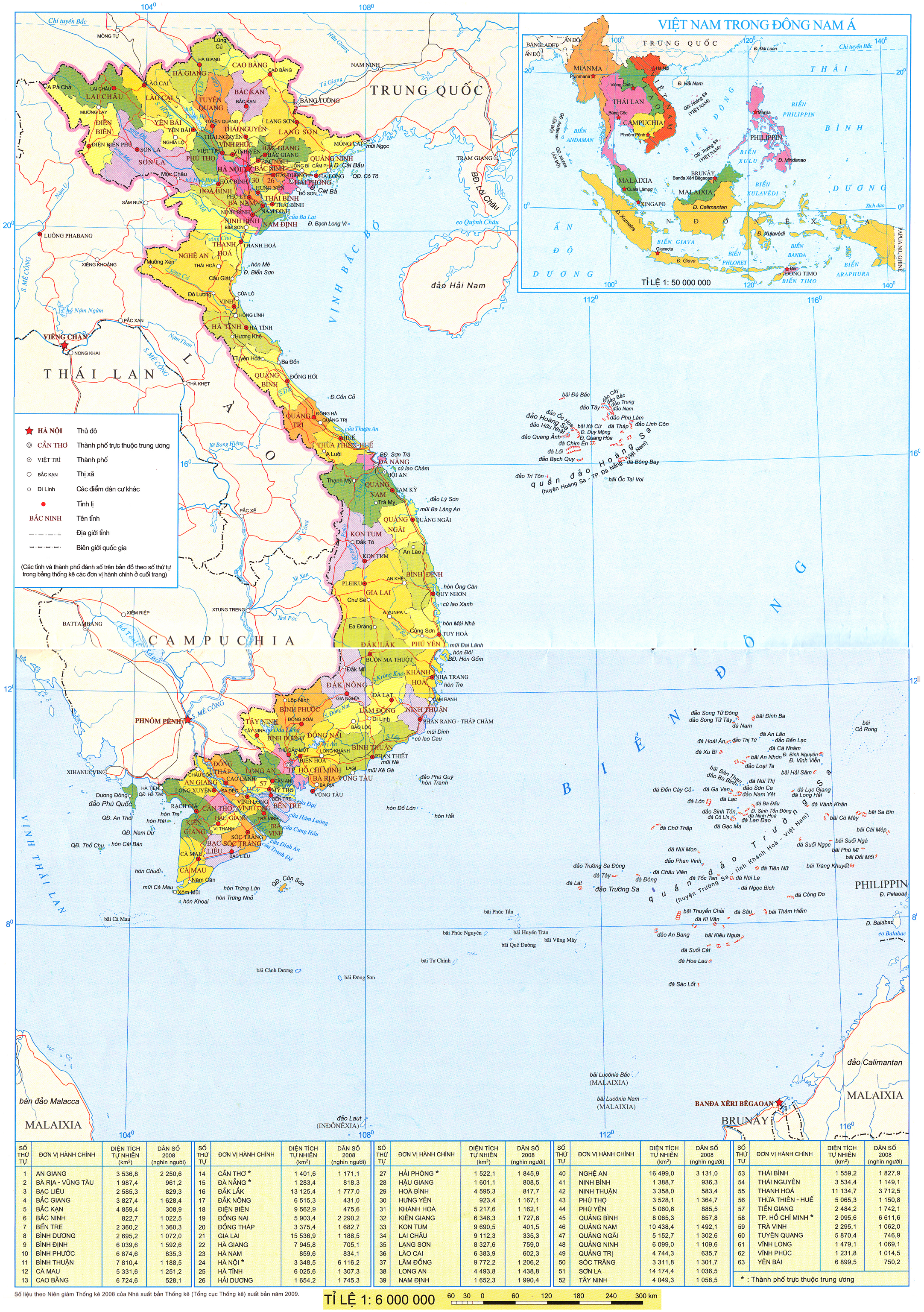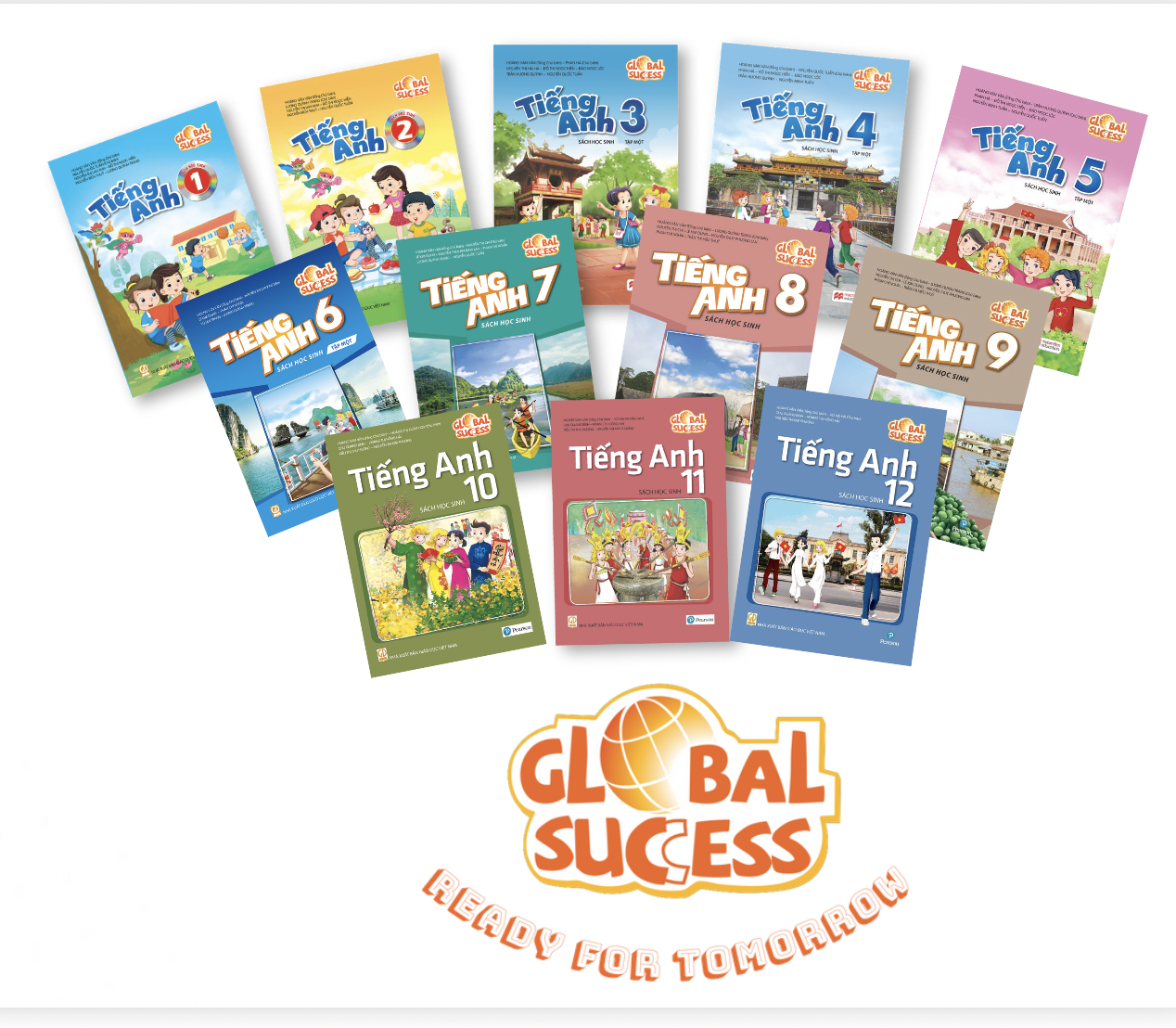(Page 96)
E GOAL Describe Future Trends
WORD FOCUS
An optimistic person thinks everything will good in the future.
A pessimistic person thinks that things will be bad in the future.
Communication
A Take the personality test. Are you optimistic or pessimistic? What do the results say?
| 1. I _______________ have a healthy and happy life. 2. I _______________ live to be 100 years old. 3. I _______________ have my dream job someday! 4. I _______________ speak perfect English one day! Results: 10-12: You are optimistic. 🙂 |
REAL LANGUAGE
We often use adverbs of certainty with will.
I'll certainly / definitely / probably / possibly live to 100.
A: Will you have a happy life?
B: Yes, definitely!
B Change the four sentences in the quiz into questions. Write them in your notebook.
C In pairs, ask and answer the questions. Find out if your partner is optimistic or pessimistic.
Writing
D Read about future trends and answer the questions. Then fill in the charts.
The population of the world is approximately 8 billion now, and this will definitely increase to 9 billion by 2050. Most of these people will live in cities. At the moment, 55% of people live in cities. In the future, this will probably go up to 70%, and the number of people in the countryside will decrease to 30%.
1. What will increase? What will decrease?
2. How certain is the writer about the predictions?
Where will we live?
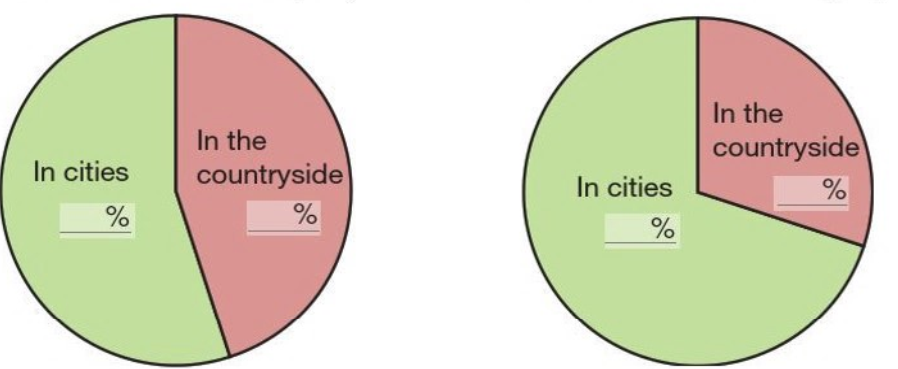
THE PRESENT: 8 billion people THE YEAR 2050: 9 billion people
In cities: _______ % In cities: _______ %
In the countryside: _______ % In the countryside _______ %
(Page 97)
| WRITING SKILLS: Describing Trends |
| ↑ increase / go up ↓ decrease / go down | It will increase to 9 billion by 2050. In the future, this will probably go up to 70%. The number of people in the countryside will decrease to 30%. |
E Look at the chart. Then complete the description of non-renewable energy in the future.
Global Non-renewable Energy
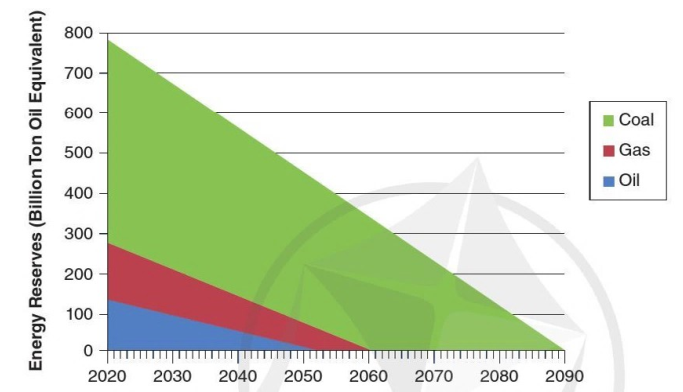
Energy Reserves (Billion Ton Oil Equivalent)
![]() Coal
Coal
![]() Gas
Gas
![]() Oil
Oil
| By 2046 decreasing go down to probably At the moment won't |
This chart describes the amount of global non-renewable energy in the future. On the whole, it's very likely that we (1) __won't__ have any coal, gas, or oil by 2090. (2) __________ we have about 150 billion tons of oil, but it will soon (3) __________ 50 billion by 2040. About ten years later, we will uac all of it. Currently, the amount of gas is about 280 billion tons. (4) __________ it will go down to about 100 billion and by 2060, there won't be any gas left. We still have a lot of coal in the world, but it is (5) __________ will go down by half and by 2090 we (6) __________ quickly. By 2055, the amount of coal won't have any coal left.
✔️GOAL CHECK
Describe Future Trends
Look at the information about what classes students take and write a description of the future trends (120-150 words). Use the paragraph in E as a model. Share your description in pairs. Then discuss if you think these trends are true for your city.
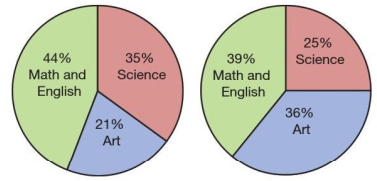
PRESENT: 250 students 2030: 400 students
44% Math and English 39% Math and English
35% Science 25% Science
21% Art 36% Art
